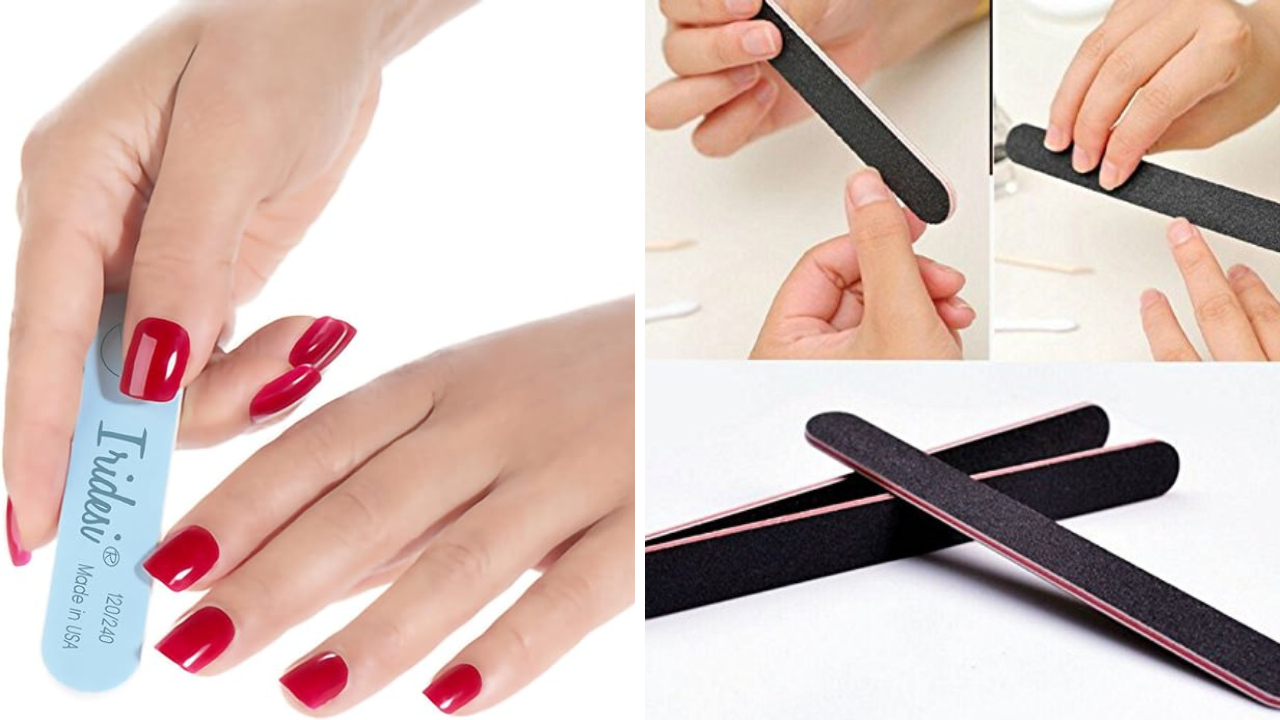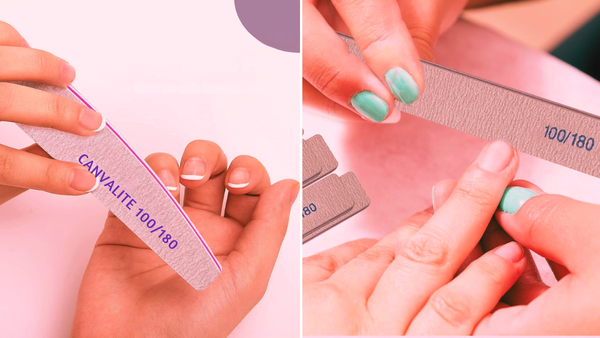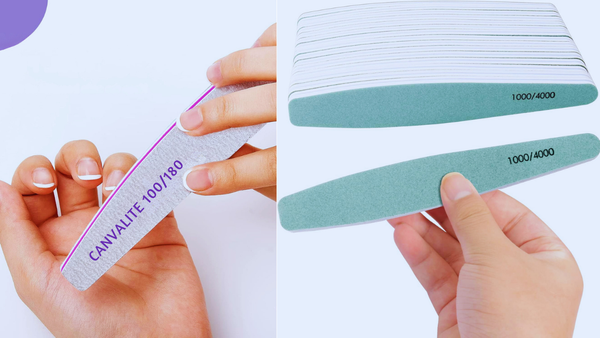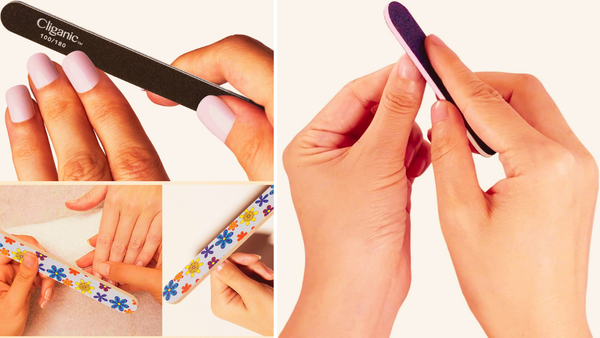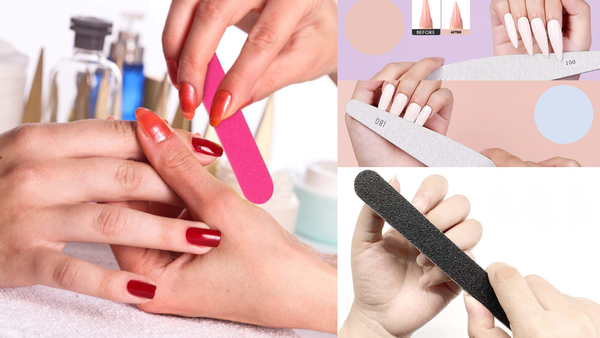Key Takeaways:
- Emery boards are a traditional nail file choice, but there are pros and cons to consider.
- Glass nail files offer a gentler alternative for maintaining healthy nails.
- Choosing the right nail file depends on nail type and personal preference.
Nail care is an essential part of personal grooming, and the tools you use can make a significant difference in the health and appearance of your nails. One of the most common tools in nail care is the emery board. But are emery boards good for nails? This article will explore the impact of emery boards on natural and artificial nails, compare them with other types of nail files, and provide insights from a board-certified dermatologist.
Understanding Emery Boards
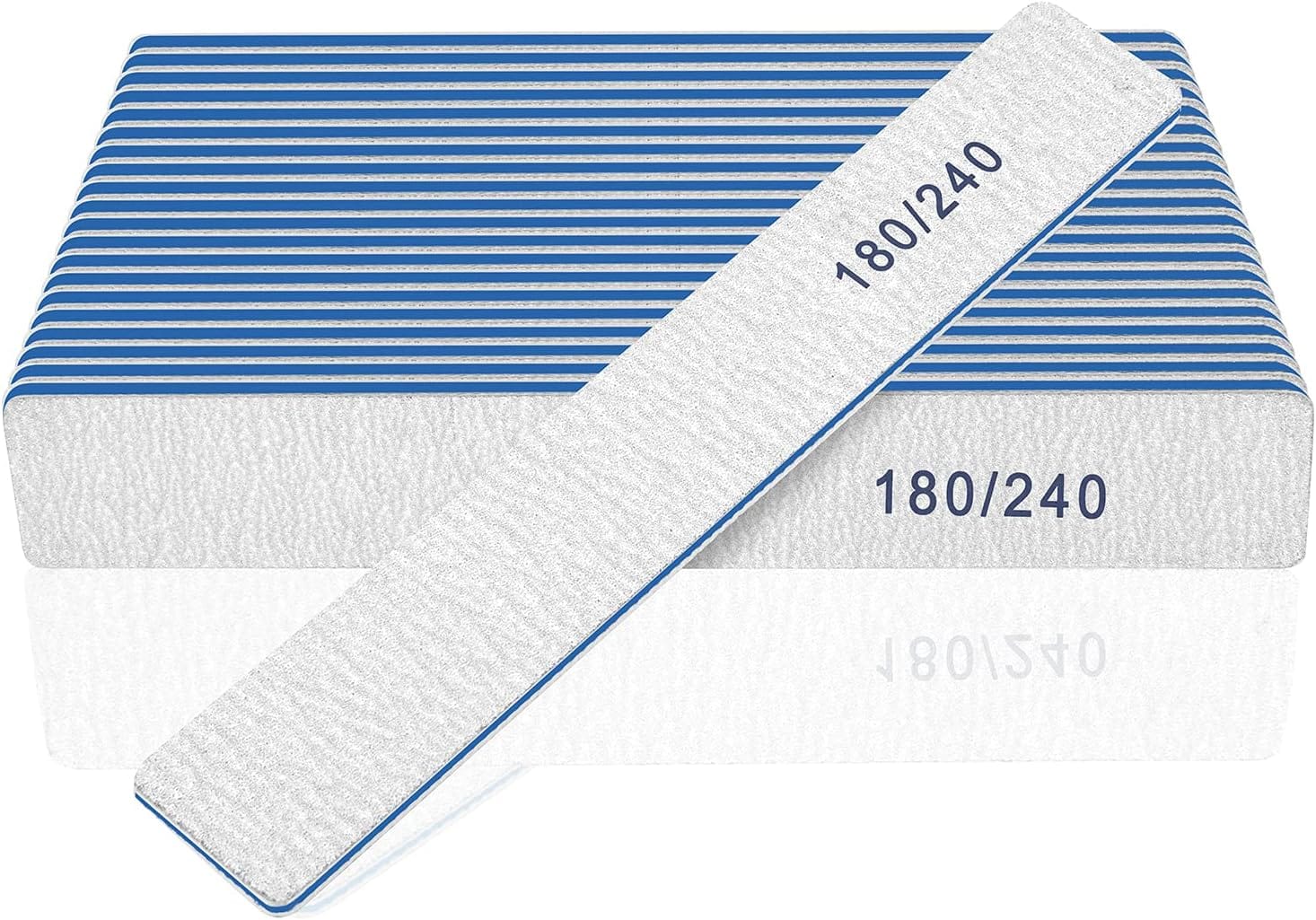
Emery boards are a staple in nail care kits. They are made from emery paper glued onto a cardboard or metal base. The abrasive surface of emery boards is designed to file your nails, smoothing out rough edges and shaping them to your desired length and form. However, the traditional back-and-forth sawing motion often used with emery boards can create rough edges and potentially weaken the nail structure.
The Pros and Cons of Emery Boards
When it comes to natural nails, emery boards can be both beneficial and detrimental. They are inexpensive and come in different grits, making them suitable for various nail types. However, the abrasive material can be too harsh for weak or brittle nails, leading to splitting and peeling. For those with stronger nails, emery boards can effectively shape and smooth edges, but it's crucial to file in one direction to minimize damage.
Glass Nail Files: A Gentle Alternative
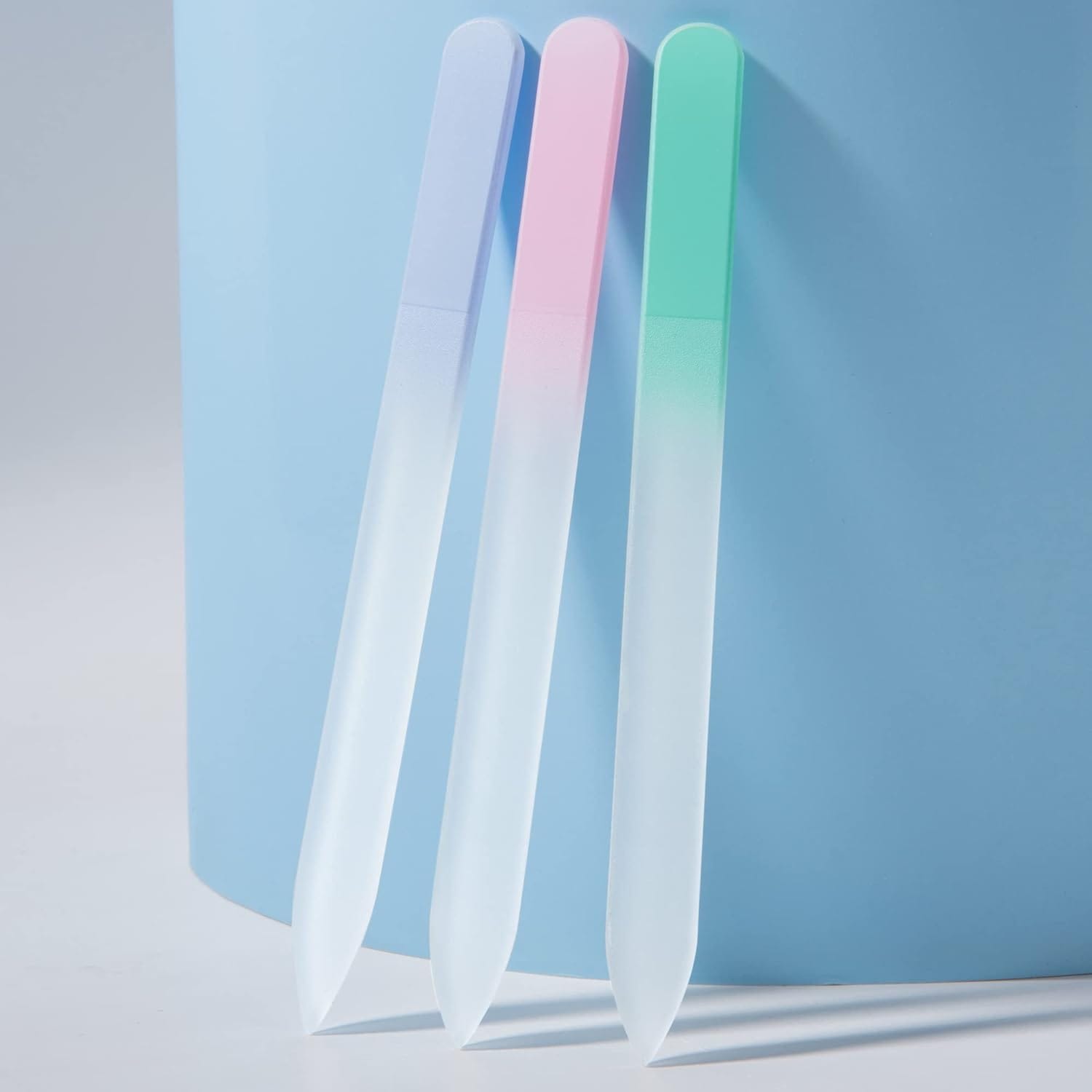
Glass nail files, known as crystal nail files, offer a non-porous, durable alternative to traditional emery boards. These files have a fine, even surface that allows for smooth filing without creating rough edges. Glass files are particularly suitable for brittle nails, as they gently shape nails without causing additional stress or damage.
The Benefits of Using a Glass Nail File
The smooth edge of a glass nail file is less likely to cause splitting or peeling, making it a healthier option for your nails. Glass files are also easy to clean and more hygienic than emery boards, as they do not harbor bacteria. Moreover, glass nail files are incredibly durable and can last for years, making them a cost-effective choice in the long run.
Emery Boards vs. Crystal Nail Files: A Comparative Analysis
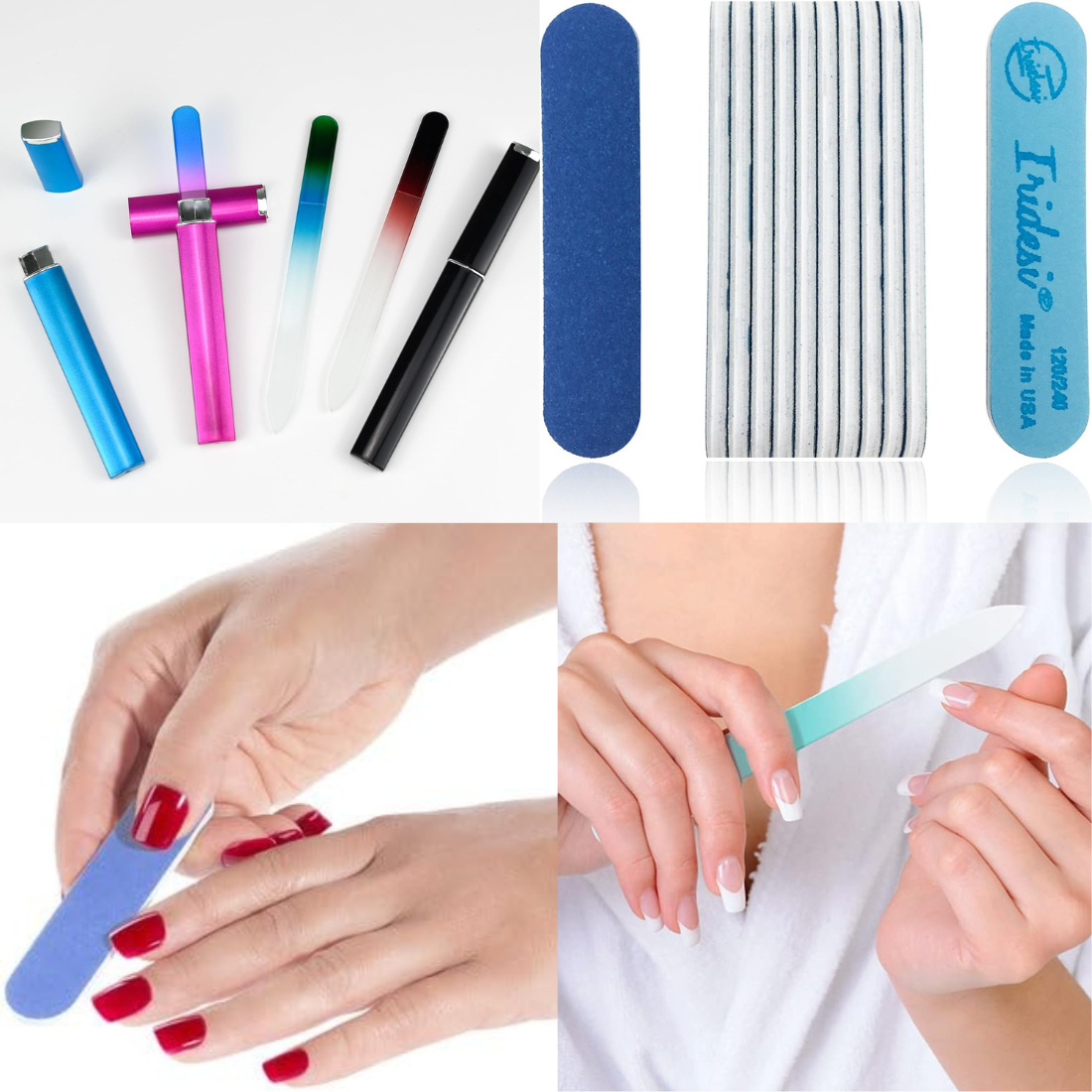
Have you ever wondered about the difference between emery boards and crystal nail files? Well, let's dive into the nitty-gritty. Emery boards, often made from a cardboard base with an abrasive surface, are a go-to for many. They're inexpensive and come in various grits suitable for different nail types. However, they can be harsh on the nails, especially if you have brittle or weak nails. The rough edges of emery boards can cause splitting and peeling if not used carefully.
On the flip side, crystal nail files, also known as glass nail files, offer a gentler way to shape your nails. These files are non-porous, which means they don't harbor bacteria like other materials might. The fine, even surface of a crystal file can gently shape nails without causing a rough edge that can lead to nail damage. They are durable, easy to clean, and can be used on natural nails and artificial nails alike. Plus, they're often recommended by board-certified dermatologists for maintaining healthy nails.
The Evolution of Nail Files: From Metal to Glass
Metal nail files have been around for ages, and while they are durable and have a long lifespan, they're not always the best choice for everyone. The abrasive metal surface can be too rough on natural nails, leading to damage if used with a back-and-forth sawing motion. Metal files can also rust over time, which isn't ideal for something you're using on your body. But hey, they do have their place, especially for more resilient artificial nails or for quickly reducing the length of a nail before shaping.
Enter glass nail files, the evolution in nail care. These files offer a much smoother filing experience. The fine grit of a glass file allows for precise shaping with minimal damage to the nail tip. You can file your nails in one direction without worrying about creating rough edges that lead to splitting. Glass files are also incredibly easy to clean—just a quick rinse under water or a wipe with a bit of soap, and they're good as new. They're a fantastic choice for those with natural nails prone to brittleness or for anyone looking for a more gentle filing option.
Metal Nail Files: Are They a Good Choice?

Metal nail files, or metal files, are another common type of nail file. They are typically made from stainless steel and are known for their longevity. However, metal files can be too abrasive for some nail types, especially brittle nails. The rough surface can cause small tears in the nail, leading to weakness and breakage over time.
How to Choose the Right Nail File
Selecting the right nail file is crucial for maintaining healthy nails. Consider your nail type: if you have brittle or weak nails, a glass nail file might be the best option. For those with stronger nails, an emery board with the appropriate grit can be effective. Always remember to file in one direction and avoid a back-and-forth sawing motion to prevent damage.
Nail Filing Technique Matters
The technique you use to file your nails is just as important as the type of file you choose. Filing in one direction helps to maintain the integrity of the nail and prevents rough edges. A board-certified dermatologist would recommend taking care of shaping nails and avoiding aggressive filing that can weaken the nail structure.
Emery Boards and Artificial Nails
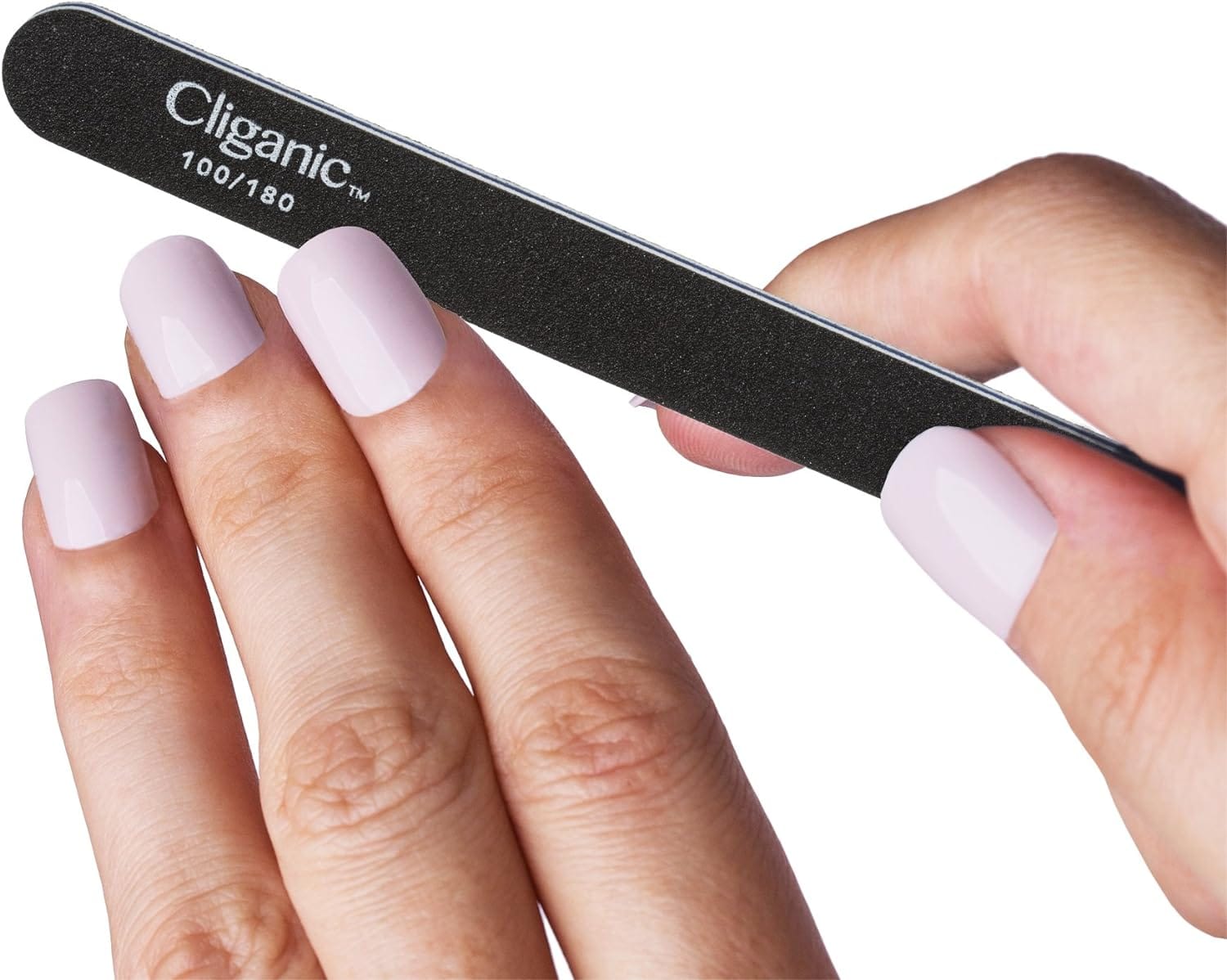
Regarding artificial nails, emery boards can be useful for shaping and adjusting the length. However, it's essential to use a nail file with the right grit to avoid damaging the surface of the artificial nail. Glass nail files can also be used on artificial nails, providing a smooth finish without the risk of creating rough edges.
Caring for Your Nail Files
Regardless of the type of nail file you choose, proper care is essential. For emery boards, replace them regularly as they wear down and lose their abrasive surface. Glass and metal nail files can be washed with soap and water, and some can even be sterilized, ensuring they remain clean and effective for each use.
Summary
In conclusion, emery boards can be good for nails if used correctly and with the right technique. However, for those with brittle or weak nails, glass nail files may be a better option due to their gentle filing action and durability. Metal nail files are long-lasting but may be too harsh for some nail types. Ultimately, the best nail file for you depends on your individual nail needs and personal preferences.
FAQ Section
Can using an emery board damage my nails?
Yes, if used improperly. The traditional back-and-forth motion can cause rough edges and weaken the nails. It's recommended to file in one direction with gentle pressure to minimize damage.
Why are glass nail files considered better for brittle nails?
Glass nail files have a smoother edge that gently shapes the nail without causing splits or peeling. They are also non-porous, which prevents bacteria buildup and makes them more hygienic.
How often should I replace my emery board?
Emery boards should be replaced once they show wear or lose their abrasive surface. This ensures that they remain effective and do not cause unnecessary damage to your nails.
